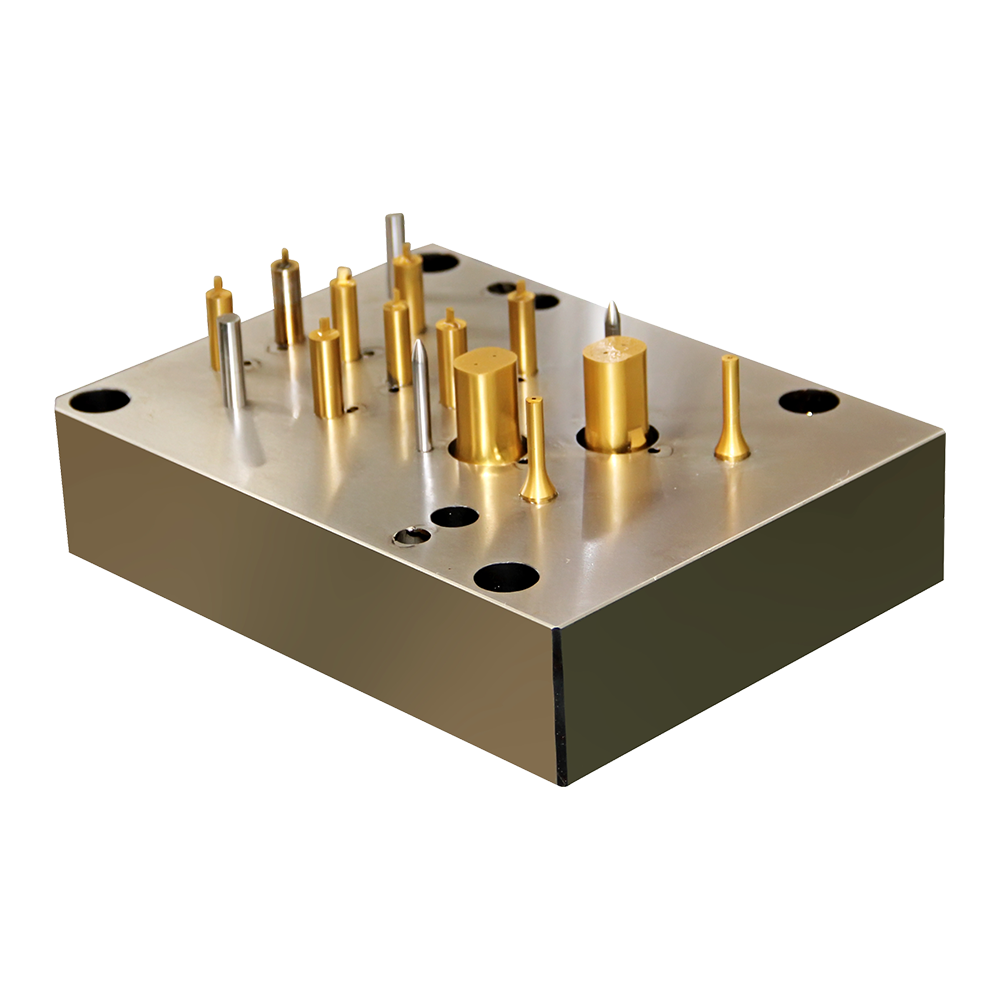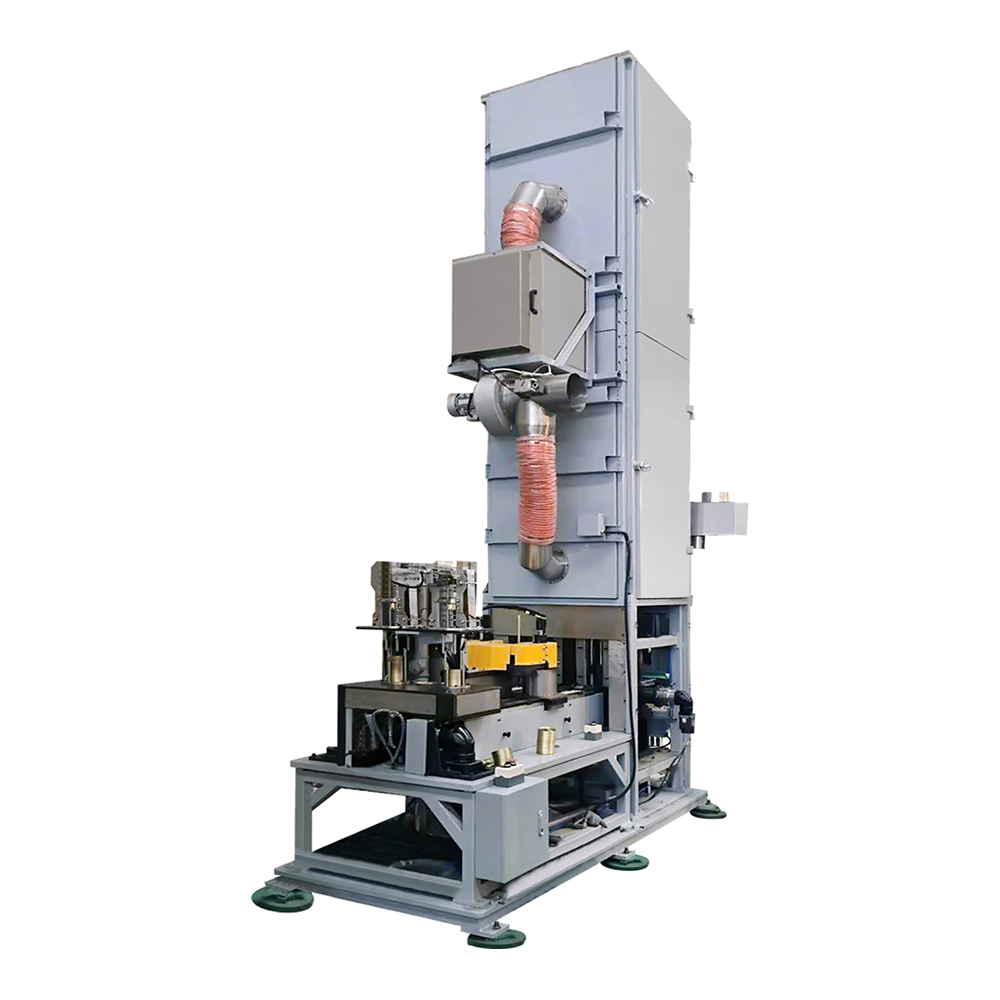How Fast and Efficient Are the Food and Beverage Can-Making Machines?
In the food and beverage industry, the production of cans plays a crucial role in preserving products, ensuring quality, and meeting consumer demand. The speed and efficiency of can-making machines directly impact production costs, operational efficiency, and product delivery times. Over the years, technological advancements have greatly improved the capabilities of can-making machines, allowing for faster production rates, higher quality, and reduced waste. In this article, we will explore the factors that contribute to the speed and efficiency of food and beverage can-making machines, how they work, and the importance of optimizing production lines in the modern manufacturing environment.
The Basics of Can-Making Machines
Can-making machines are used to manufacture cans that are typically used in packaging food and beverage products. These machines are designed to produce the cylindrical bodies, ends, and lids of cans, which are then sealed and filled with the desired product. The production process involves several stages, including sheet metal forming, drawing, cutting, trimming, and sealing. Various machines are involved in these stages, each responsible for a specific function in the can-making process. Modern can-making machines are highly automated and capable of producing large volumes of cans in a short amount of time.
Most can-making machines work by feeding sheets of metal into the system, where they are formed into the shape of a can. The metal is then shaped and cut into appropriate sizes, and the ends are welded or crimped onto the can body. The final product is often treated for durability and safety before being used in packaging food or beverage products. The efficiency of these machines largely depends on how quickly and accurately each of these stages can be completed.
Factors Influencing the Speed of Can-Making Machines
Several factors influence the speed at which can-making machines operate, including the type of machine, the materials used, and the design of the production line. High-speed can-making machines are designed to streamline each stage of the process to minimize downtime and maximize production. Key factors that contribute to the speed of these machines include:
Automation: Automation plays a significant role in the speed of modern can-making machines. Automated systems are capable of carrying out multiple tasks simultaneously, reducing the need for manual intervention and minimizing the risk of errors. This allows machines to operate at higher speeds while maintaining consistent quality.
Machine Design and Technology: Advanced can-making machines are equipped with state-of-the-art technologies that enhance their speed and efficiency. For instance, some machines use high-speed motors, servo drives, and precision-controlled systems to ensure fast operation without compromising accuracy. The design of the machine, including the placement of components and the ease of material flow, also affects the speed of production.
Material Handling and Feed Systems: Efficient material handling systems are essential for the smooth operation of can-making machines. Modern can-making lines utilize automated feed systems that transport metal sheets and other materials through the various stages of the process without delays. This improves the overall speed of the production line by ensuring that materials are always available when needed and are processed quickly and accurately.
Production Efficiency: How Machines Optimize Resource Usage
Efficiency in can-making is not only about speed but also about how well the production line utilizes resources such as raw materials, energy, and labor. High-efficiency machines are designed to minimize waste, reduce energy consumption, and lower operational costs. The key factors that contribute to efficiency in can-making machines include:
Material Utilization: One of the main challenges in can-making is optimizing the use of metal sheets. Can-making machines are designed to minimize material waste by using precise cutting and shaping techniques. For example, some machines use computer-aided design (CAD) technology to optimize the layout of cuts and minimize scrap material. By reducing waste, these machines help improve the overall efficiency of the production process.
Energy Efficiency: Energy consumption is a critical factor in the cost-effectiveness of can-making operations. Modern can-making machines are built with energy-saving technologies that reduce the amount of electricity required for operation. Features such as variable speed drives, efficient motors, and advanced power management systems help reduce energy consumption while maintaining high production speeds. In addition, machines that are designed for high throughput can optimize their energy usage to match the demands of the production schedule, ensuring that energy is not wasted during slower production periods.
Maintenance and Downtime: The reliability of a can-making machine is crucial for maintaining production efficiency. Downtime, whether due to mechanical failure or routine maintenance, can significantly impact the efficiency of the production process. High-quality can-making machines are designed for ease of maintenance, with components that are easy to inspect and replace. Predictive maintenance systems, which monitor the performance of the machine and detect potential issues before they lead to breakdowns, are becoming increasingly common in modern can-making operations. These systems help reduce unexpected downtime and ensure continuous operation, further improving production efficiency.
The Impact of Automation on Speed and Efficiency
Automation is a key driver of both speed and efficiency in the food and beverage can-making industry. Fully automated can-making production lines are capable of handling various stages of the process, from feeding metal sheets into the system to cutting, shaping, and sealing the cans. Automation helps eliminate human error, reduces the need for manual labor, and increases the speed at which cans can be produced.
Automated can-making machines can operate continuously for long periods, allowing for high-volume production without the need for frequent breaks or shifts. These machines are often integrated with computer systems that control various aspects of the production process, including machine speed, material flow, and quality control. Automation also allows for the collection of real-time data, which can be used to optimize production and identify potential issues before they cause disruptions. As a result, automated can-making machines are more efficient and faster than traditional, manually operated machines.
Quality Control and Consistency
While speed and efficiency are crucial in can-making, maintaining the quality of the finished product is equally important. High-speed can-making machines are designed to ensure that the cans produced meet strict quality standards. Automated systems that monitor the production process can detect any deviations in the size, shape, or integrity of the cans, allowing for immediate adjustments to be made. This ensures that the final product is consistent in terms of quality and appearance, which is vital for maintaining consumer trust and meeting industry standards.
In addition to automated quality control, modern can-making machines incorporate advanced inspection systems that use sensors, cameras, and other technologies to detect defects in real time. This helps identify any issues before the cans are sent for filling and packaging, reducing the risk of defective products reaching the market. By maintaining consistent quality throughout the production process, can-making machines improve efficiency by reducing the number of rejections and minimizing waste.
The Future of Can-Making Technology
As consumer demands for faster production times and more sustainable packaging continue to grow, the food and beverage can-making industry is evolving. New advancements in automation, robotics, and artificial intelligence (AI) are shaping the future of can-making machines. These innovations are expected to further enhance the speed, efficiency, and quality of can-making machines, leading to even greater production rates and reduced environmental impact.
One promising development is the integration of smart technologies into can-making machines. Smart can-making machines use AI and machine learning algorithms to analyze production data and optimize the process in real time. These systems can automatically adjust machine settings, detect faults early, and even predict when maintenance is required, reducing downtime and increasing overall efficiency.











